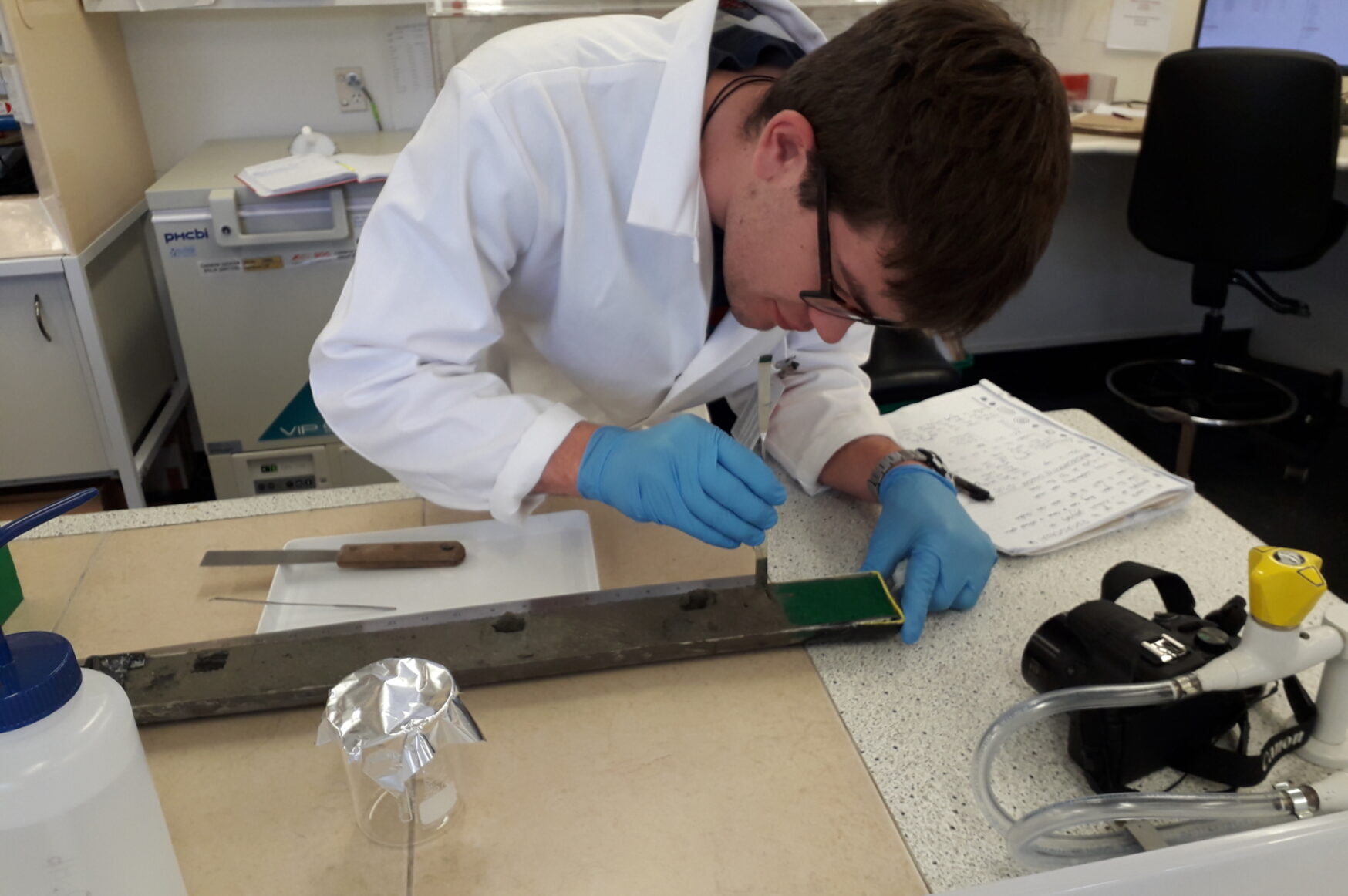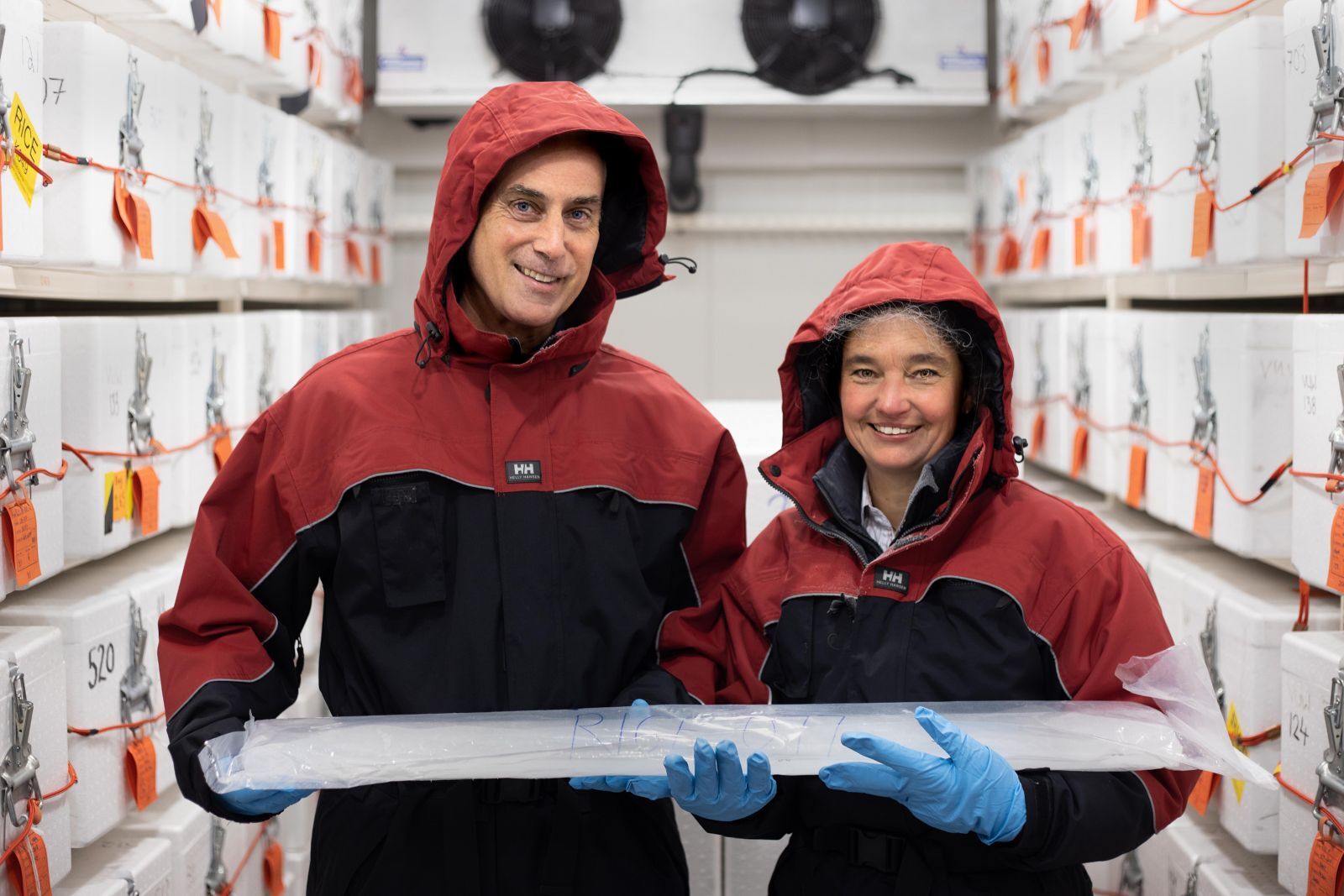Studying the cores
Once the cores have been recovered, they will be flown back to New Zealand’s Antarctic hub at Scott Base and shipped to the Otago Repository for Core Analysis (ORCA) at Otago University in Dunedin, New Zealand. The cores will ultimately be stored at Oregon State University's Marine and Geology Repository in the United States, where they will be available to the global research community for ongoing research.
Data from the cores will be used to reconstruct past ocean temperatures and sea ice extent, and determine ice shelf and ice sheet response to prehistoric climate variability and periods of past warmer-than-present conditions, including during intervals of elevated atmospheric CO2 and temperature. These observations of past environmental conditions will be used by the team’s numerical modellers, who use computers to conduct experiments that help examine and understand interactions between the Earth’s crust, oceans, atmosphere, and ice and how these interactions evolve as the climate cools and warms.
“Every metre of sediment we acquire is going to allow numerous studies. We are currently sorting through the various projects that our scientists are proposing and to ensure the right people get the right samples. Dr Richard LevyCo-Chief Scientist



